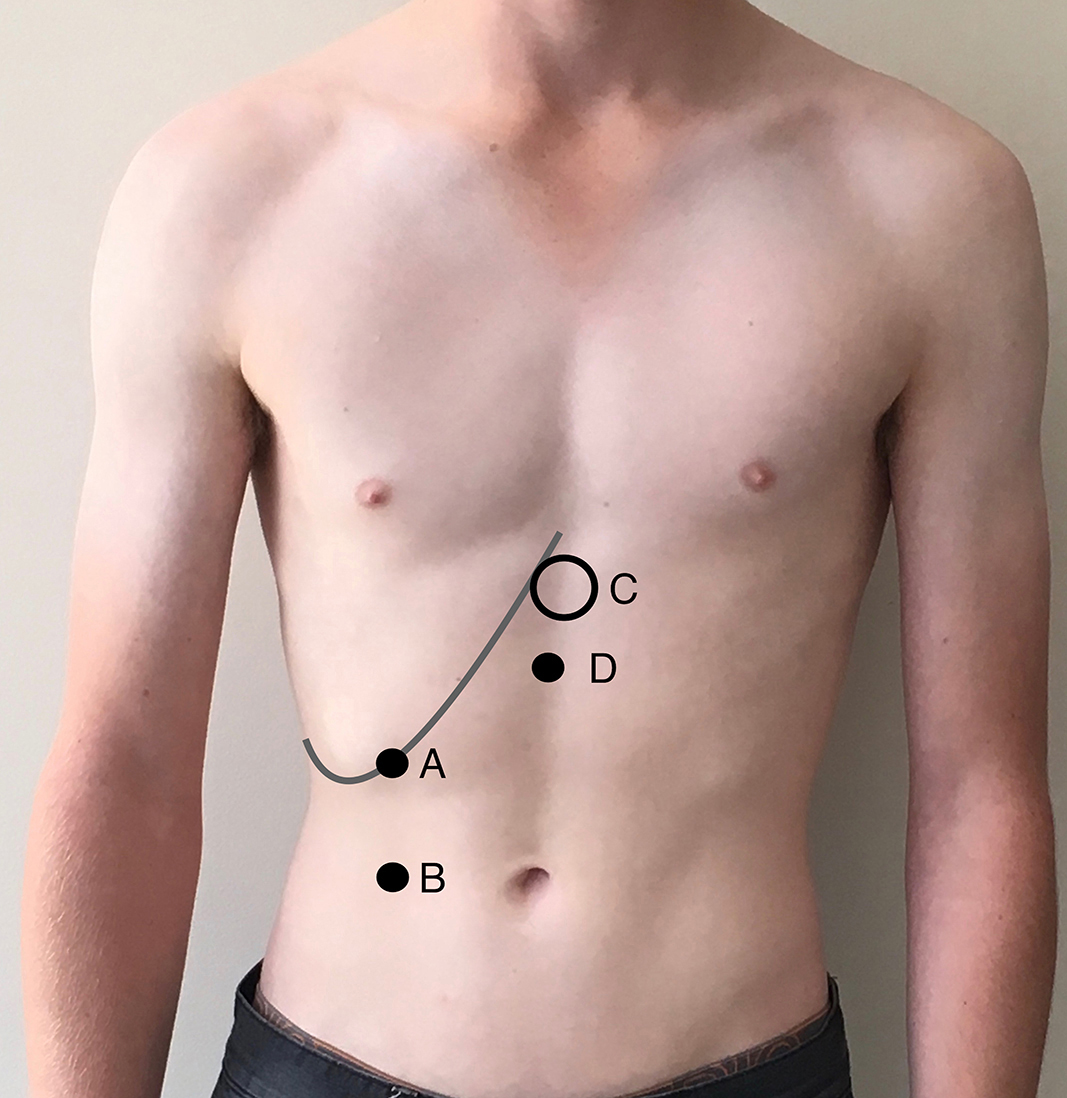Former Australian Medical Association President Dr Mukesh Haikerwal has been awarded the highest honour in this year’s Australia Day awards by being named a Companion of the Order of Australia (AC).
He is accompanied by the current Editor-in-Chief of the Medical Journal of Australia, Laureate Professor Nick Talley, as well as longstanding member Professor Jeffrey Rosenfeld – who both also received the AC.
The trio top a long and impressive list of AMA members to receive Australia Day Honours this year.
AMA Federal Councillor, Associate Professor Julian Rait, received the Medal of the Order (OAM).
A host of other members honoured in the awards are listed below.
AMA President Dr Michael Gannon said the accolades were all well-deserved and made he made special mention of those receiving the highest Australia Day Honours.
“They have dedicated their lives and careers to helping others through their various roles as clinicians, researchers, teachers, authors, administrators, or government advisers – and importantly as leaders in their local communities,” Dr Gannon said.
“On behalf of the AMA, I pay tribute to all the doctors and other health professionals who were honoured today for their passion for their profession and their dedication to their patients and their communities.
“The great thing about the Honours is that they acknowledge achievement at the international, national, and local level, and they recognise excellence across all avenues of human endeavour.
“Doctors from many diverse backgrounds have been recognised and honoured again this year.
“There are pioneering surgeons and researchers, legends across many specialties, public health advocates, researchers, administrators, teachers, and GPs and family doctors who have devoted their lives to serving their local communities.
“The AMA congratulates all the doctors and other health advocates whose work has been acknowledged.
“We are, of course, especially proud of AMA members who are among the 75 people honoured in the medicine category.”
Dr Haikerwal, who was awarded the Officer in the Order of Australia (AO) in 2011, said this further honour was “truly mind-blowing” and another life-changing moment.
“To be honoured on Australia Day at the highest level in the Order of Australia is beyond imagination, beyond my wildest dreams and extremely humbling,” Dr Haikerwal said.
“For me to be in a position in my life and career to receive such an honour has only been made possible due to the unflinching support and unremitting encouragement of my closest circle, the people who have been with me through every step of endeavour, adversity, achievement, and success.”
CHRIS JOHNSON
AMA MEMBERS IN RECEIPT OF HONOURS
COMPANION (AC) IN THE GENERAL DIVISION
Dr Mukesh Chandra HAIKERWAL AO
Altona North Vic 3025
For eminent service to medical governance, administration, and technology, and to medicine, through leadership roles with a range of organisations, to education and the not-for-profit sector, and to the community of western Melbourne.
Professor Jeffrey Victor ROSENFELD AM
Caulfield North, Vic
For eminent service to medicine, particularly to the discipline of neurosurgery, as an academic and clinician, to medical research and professional organisations, and to the health and welfare of current and former defence force members.
Professor Nicholas Joseph TALLEY
Black Hill, NSW
For eminent service to medical research, and to education in the field of gastroenterology and epidemiology, as an academic, author and administrator at the national and international level, and to health and scientific associations.
OFFICER (AO) IN THE GENERAL DIVISION
Emeritus Professor David John AMES
East Kew, Vic
For distinguished service to psychiatry, particularly in the area of dementia and the mental health of older persons, as an academic, author and practitioner, and as an adviser to professional bodies.
Dr Peggy BROWN
Sanctuary Cove, Qld
For distinguished service to medical administration in the area of mental health through leadership roles at the state and national level, to the discipline of psychiatry, to education, and to health care standards.
Professor Creswell John EASTMAN AM
St Leonards, NSW
For distinguished service to medicine, particularly to the discipline of pathology, through leadership roles, to medical education, and as a contributor to international public health projects.
Professor Suzanne Marie GARLAND
Docklands, Vic
For distinguished service to medicine in the field of clinical microbiology, particularly to infectious diseases in reproductive and neonatal health as a physician, administrator, researcher and author, and to professional medical organisations.
Dr Paul John HEMMING
Queenscliff, Vic
For distinguished service to higher education administration, to medicine through contributions to a range of professional medical associations, and to the community of central Victoria, particularly as a general practitioner.
Professor Anthony David HOLMES
Melbourne, Vic
For distinguished service to medicine, particularly to reconstructive and craniofacial surgery, as a leader, clinician and educator, and to professional medical associations.
Dr Diana Elaine O’HALLORAN
Glenorie, NSW
For distinguished service to medicine in the field of general practice through policy development, health system reform and the establishment of new models of service and care.
MEMBER (AM) IN THE GENERAL DIVISION
Dr Michael Charles BELLEMORE
Croydon, NSW
For significant service to medicine in the field of paediatric orthopaedics as a surgeon, to medical education, and to professional medical societies.
Dr Colin Ross CHILVERS
Launceston, Tas
For significant service to medicine in the field of anaesthesia as a clinician, to medical education in Tasmania, and to professional societies.
Associate Professor Peter HAERTSCH OAM
Breakfast Point, NSW
For significant service to medicine in the field of plastic and reconstructive surgery as a clinician and administrator, and to medical education.
Professor Ian Godfrey HAMMOND
Subiaco, WA
For significant service to medicine in the field of gynaecological oncology as a clinician, to cancer support and palliative care, and to professional groups.
Dr Philip Haywood HOUSE
WA
For significant service to medicine as an ophthalmologist, to eye surgery foundations, and to the international community of Timor Leste.
Adjunct Professor John William KELLY
Vic
For significant service to medicine through the management and treatment of melanoma, as a clinician and administrator, and to education.
Dr Marcus Welby SKINNER
West Hobart, Tas
For significant service to medicine in the field of anaesthesiology and perioperative medicine as a clinician, and to professional societies.
Professor Mark Peter UMSTAD
South Yarra, Vic
For significant service to medicine in the field of obstetrics, particularly complex pregnancies, as a clinician, consultant and academic.
Professor Barbara S WORKMAN
East Hawthorn, Vic
For significant service to geriatric and rehabilitation medicine, as a clinician and academic, and to the provision of aged care services.
MEDAL (OAM) IN THE GENERAL DIVISION
Professor William Robert ADAM PSM
Vic
For service to medical education, particularly to rural health.
Dr Marjorie Winifred CROSS
Bungendore, NSW
For service to medicine, particularly to doctors in rural areas.
Associate Professor Mark Andrew DAVIES
Maroubra, NSW
For service to medicine, particularly to neurosurgery.
Dr David William GREEN
Coombabah, Qld
For service to emergency medicine, and to professional organisations.
Dr Barry Peter HICKEY
Ascot, Qld
For service to thoracic medicine.
Dr Fred Nickolas NASSER
Strathfield, NSW
For service to medicine in the field of cardiology, and to the community.
Dr Ralph Leslie PETERS
New Norfolk, Tas
For service to medicine, and to the community of the Derwent Valley.
Associate Professor Julian Lockhart RAIT
Camberwell, Vic
For service to ophthalmology, and to the development of overseas aid.
Mr James Mohan SAVUNDRA
South Perth, WA
For service to medicine in the fields of plastic and reconstructive surgery.
Dr Chin Huat TAN
Glendalough, WA
For service to the Chinese community of Western Australia.
Dr Karen Susan WAYNE
Toorak, Vic
For service to the community of Victoria through a range of organisations.
Dr Anthony Paul WELDON
Melbourne, Vic
For service to the community, and to paediatric medicine.
PUBLIC SERVICE MEDAL (PSM)
Dr Sharon KELLY
Yeronga, Qld
For outstanding public service to the health sector in Queensland.
Professor Maria CROTTY
Kent Town, SA
For outstanding public service in the rehabilitation sector in South Australia.

 more_vert
more_vert



